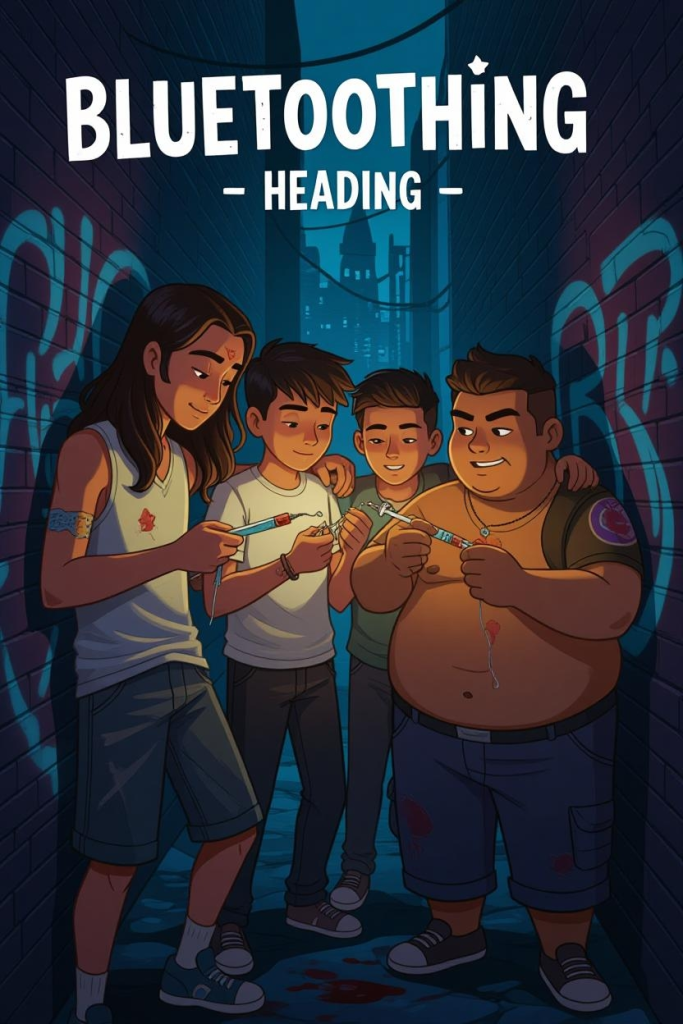“Bluetoothing” is a dangerous and misleading drug practice that has emerged in various parts of the world, including South Africa, Fiji, and Lesotho. The term “bluetoothing” refers to the act of injecting oneself with a drug, such as heroin or methamphetamine, and then drawing blood from the injection site to inject into another person in an attempt to share the high. This practice is particularly prevalent among impoverished communities seeking cheaper ways to experience the effects of drugs.

What Is Bluetoothing?
Bluetoothing involves one individual injecting a drug into their bloodstream, then withdrawing some of the drug-laced blood into a syringe and injecting it into another person’s vein. This method is believed by some to provide a similar high without the cost of purchasing additional drugs. However, medical experts warn that this practice is highly dangerous and does not produce the desired effects. Any perceived high is likely due to the placebo effect, and the risks far outweigh any potential benefits.
Health Risks and Consequences
The health risks associated with bluetoothing are severe and include:
- HIV and Hepatitis Transmission: Sharing blood in this manner significantly increases the risk of transmitting bloodborne diseases such as HIV and hepatitis B and C. In regions like Fiji, this practice has been linked to a surge in new HIV infections, particularly among young people. The Week
- Infections and Sepsis: Injecting drug-laced blood can introduce bacteria and other pathogens into the body, leading to infections and potentially life-threatening conditions like sepsis. Medical Services Pacific MSP
- Overdose Risk: The amount of drug-laced blood injected may not be consistent, increasing the risk of overdose and other adverse health effects.
- Spread of Drug Resistance: The practice can contribute to the spread of drug-resistant infections, complicating treatment efforts.

Why It Doesn’t Work
Medical professionals emphasise that bluetoothing is not an effective way to achieve a high. The blood drawn from a drug user contains only a small amount of the drug, which is insufficient to produce the desired effects. Furthermore, the practice bypasses the body’s natural defences, making individuals more susceptible to infections and other health complications. Bhekisisa
Conclusion
Bluetoothing is a harmful and misguided practice that poses significant health risks. Communities need to be aware of the dangers associated with this trend, and public health initiatives to focus on education, prevention, and providing access to safe and effective drug treatment options.

